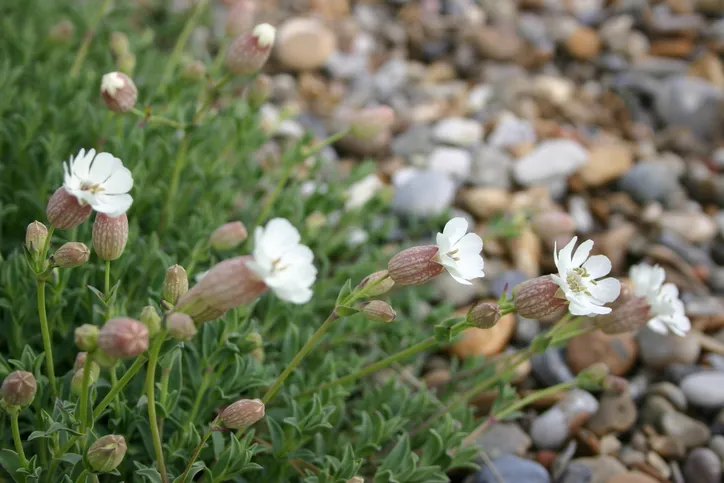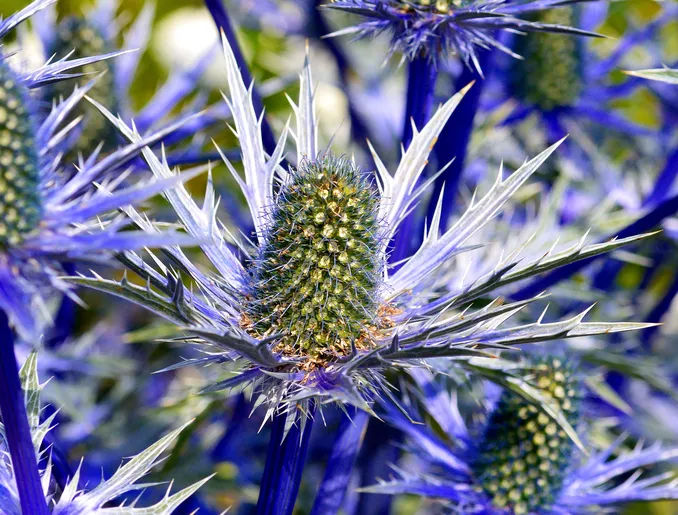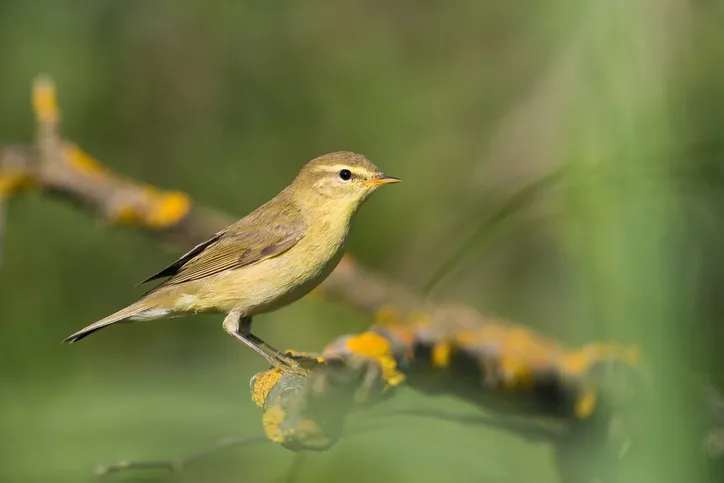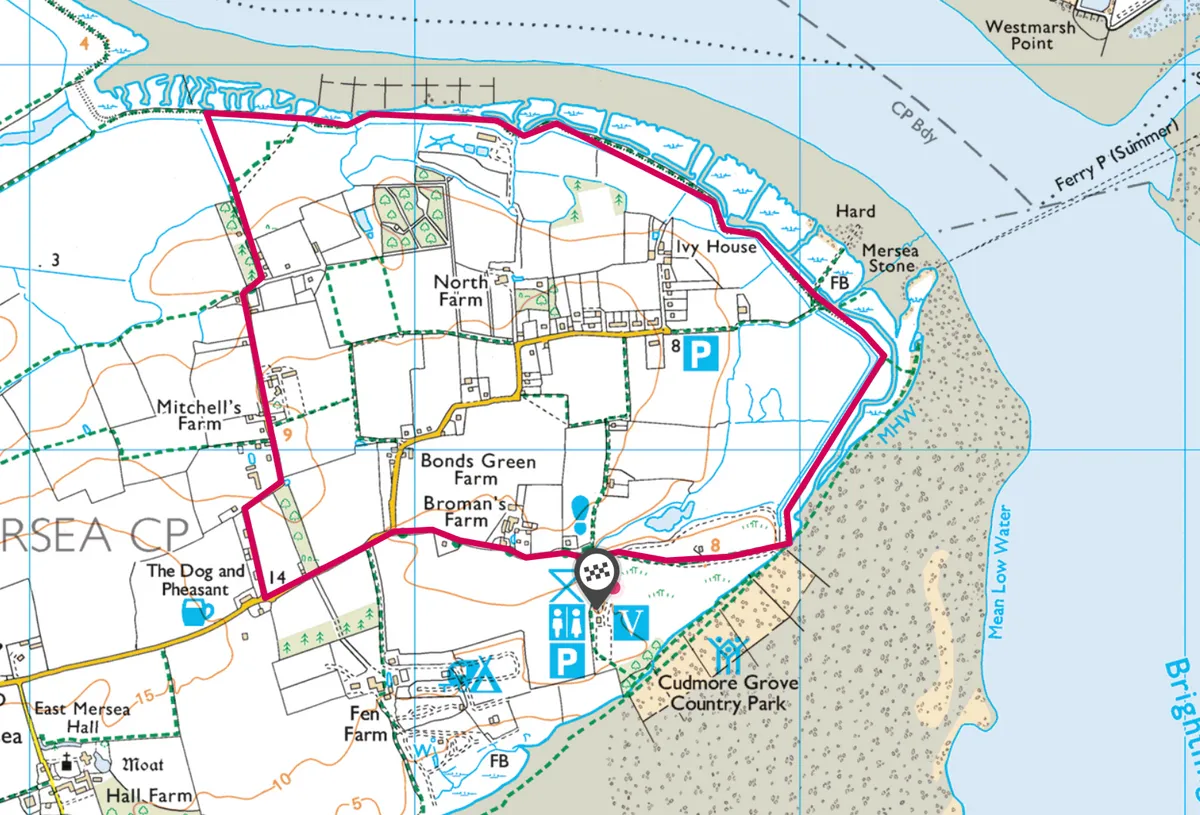Covering roughly seven square miles, Mersea Island off the coast of Essex is the UK’s most easterly inhabited island. Evidence of a pre-Roman settlement has been found here, and legend has it that a Roman centurion haunts the Strood, the road that links the island to the mainland.
It’s a land of two halves: you’ll find restaurants and cafés in West Mersea, offering the oysters and shellfish that the island is famous for, as well as a vineyard selling locally produced wine. While East Mersea is all salt marshes and farmland, fantastic for a stiffly breezy, cobweb-clearing spring walk.
It will take you five hours to walk around the whole island, but if you’re looking for a shorter route, a circuit around Cudmore Grove Country Park and its environs is ideal.

East Mersea walk
3.5 miles/5.6km | 2 hours | easy
1. Ancient animals
From the car park, follow the sign to the beach through the children’s playground and on to the cliff-top path. Erosion here has led to the exposure of 300,000- year-old deposits, not to mention the bones of similarly aged bison, wolves and bears.
Pass a pillbox on your left and continue along the grassy sea wall to reach the barely visible remains of an old fort, last used in the Civil War.
2. Marsh magic
The shingle and salt marsh of the East Mersea flats are home to plants including sea holly, sea bindweed and sea campion; they also provide food for numerous species of overwintering birds. Continue on, ignoring a fingerpost and path to the left.

The black building of the Colchester Oyster Fishery is a lonely landmark – pass through a gate here and continue on through a second gate. Pyefleet Channel is now to your right, where common seals can sometimes be spotted bobbing in the water.
3. A song from Africa
Just before the third kissing gate, turn inland to follow a footpath along the edge of a field with a hedge to your right. After leaving the field, continue along Shop Lane, turning right at the T-Junction. Continue along this quiet track, through red squirrel-inhabited conifer woods. Listen out for the first chiffchaffs to return from Africa – their song sounds like their name.

On reaching the Dog and Pheasant pub, turn left and continue with care along the road. You’ll shortly reach the lane back to Cudmore Grove, where goldfinches and long-tailed tits, as well as the first small tortoiseshell and peacock butterflies, flit among the greening hedgerows beside the track.
East Mersea map
East Mersea walking route and map

